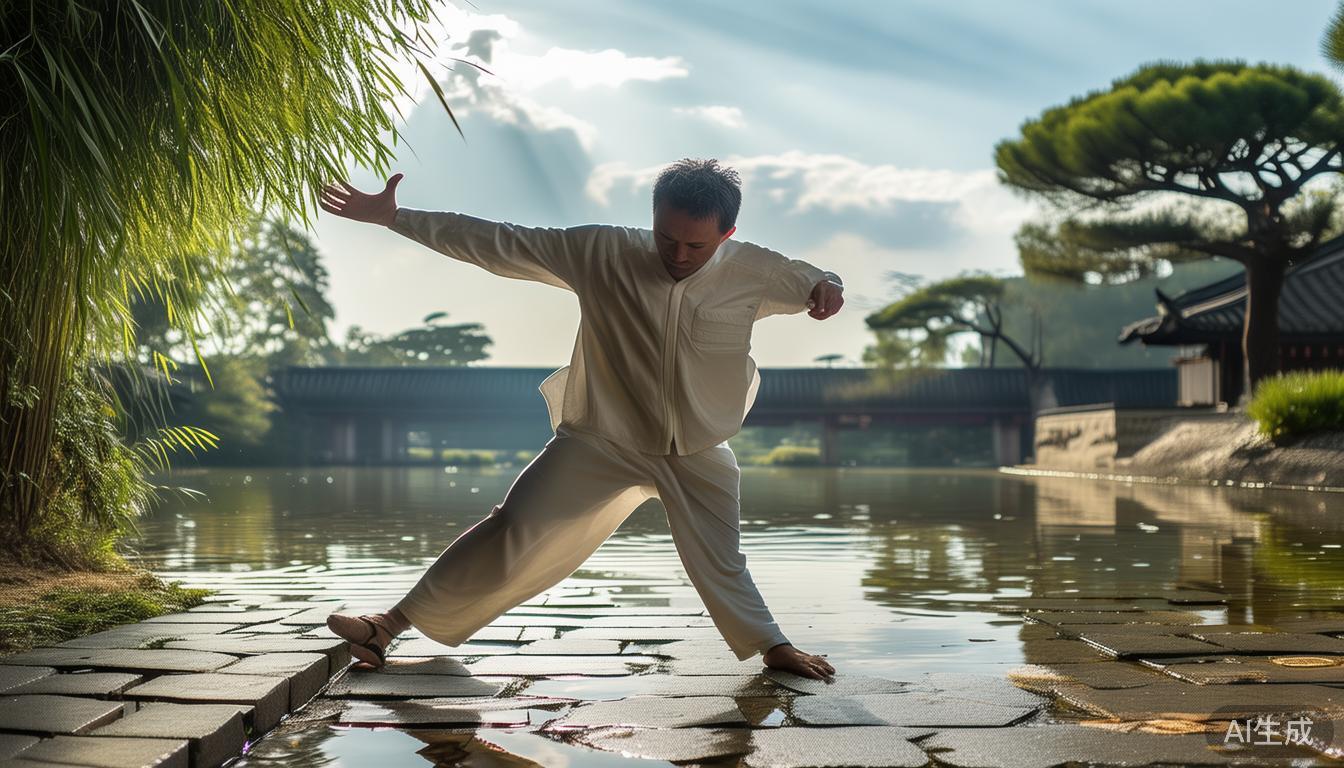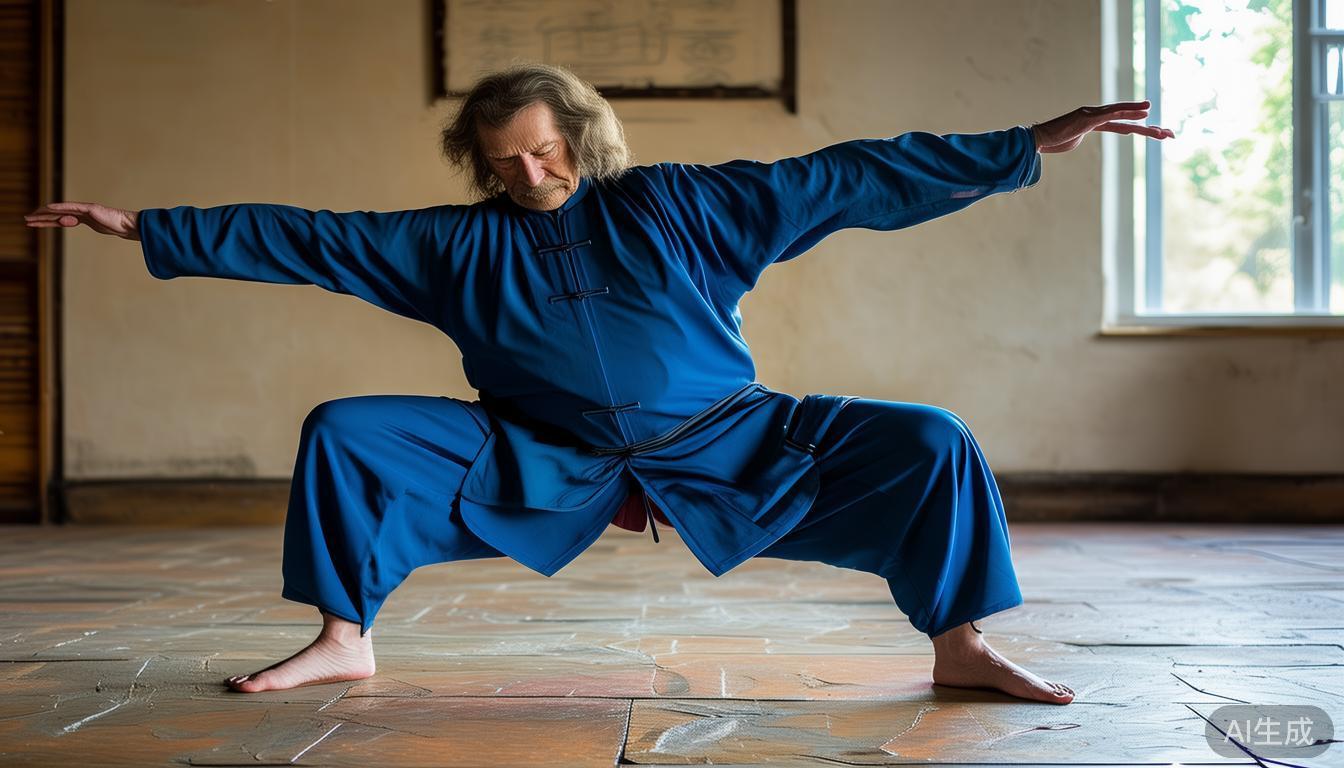After practicing Tai Chi for many years, I deeply appreciate Parkinson Tai Chi . This 24-position Tai Chi is valuable as an introductory routine. It not only retains the essence of traditional Tai Chi, but also has a simplified design so that beginners can quickly master the basic essentials. This boxing method cultivates inner peace while strengthening the body, integrating offensive and defensive skills into soothing and smooth movements.
How to get started with the 24 Tai Chi styles
When you first start learning, you should start with the commencement of single movements and start decomposing exercises. Just like the starting movement, it may seem simple at first glance, but it actually contains profound meanings: when your knees are slightly bent, you should feel the center of gravity sinking lowering. When your arms are raised upwards, you should be aware of the breath to lift them up. Every action must be pondered over and over again until the body forms a memory of the action and imprints it in the mind. The suggestion given is to set a specific time every day, preferably in the early morning when the air is fresh and thin, and in the quiet and quiet surroundings, gradually establish a custom habit step by step.
After mastering the basic movements, you must focus on understanding the movement rules with the waist as the axis. A common mistake many beginners make is to only use their arms to perform movements, but ignore the driving role of the waist. In fact, the power of all movements comes from the coordination of the waist and legs. After continuous practice, you will gradually feel that the force starts from the feet, is transmitted through the waist, and then reaches the complete force generation process of the limbs.

What are the benefits of 24-style Tai Chi to the body?
Long-term practice of 24-style Tai Chi can significantly improve physical function. Its slow and coherent movements can enhance the strength of the lower limbs and improve balance. It is especially suitable for middle-aged and elderly people to prevent falls. I have witnessed that many practitioners have alleviated joint pain problems and improved the flexibility of daily activities through continuous exercise.
This boxing technique is of great benefit to the cardiovascular system. It requires deep and even breathing, combined with stretching movements, which can promote blood circulation and regulate blood pressure. What is particularly important is that you must concentrate fully when practicing it. This state of concentration can effectively relieve psychological stress. Many practitioners say that after practicing it, their sleep quality has been significantly improved, and their mental state has become more full.
How to avoid common mistakes when practicing Tai Chi

A particularly common misunderstanding in practice is to pursue the appearance of the movement excessively, but ignore the inner feelings. For example, when doing the wild horse parting mane, don't just pay too much attention to the posture of the hands, but carefully experience the shift of the center of gravity between the legs. Another common problem is the lack of coordination between breathing and movement. It is recommended that those who are just starting to learn to breathe naturally first, and then use reverse abdominal breathing in sequence after the movement becomes proficient.
It is very important to keep the body in the center. When performing backward movements such as curling the humerus, it is easy to unconsciously fall forward or backward. At this time, you should imagine that there is rope traction on the top of the head, and the spine should be kept straight and upright. At the same time, pay attention to the knee joints. You can go over your toes, but be sure to prevent excessive pressure on your knees. The correct posture is more important than the range of the movement (the use of punctuation is more flexible to comply with the constraints of not significantly increasing the number of words and making the sentence more difficult to pronounce. You can adjust it according to actual needs).
After these years of teaching practice, I found that truly mastering the 24-style Tai Chi requires continuous reflection and adjustment. Have you ever encountered any misunderstandings during your training that could not be corrected? Welcome to share your experience in the comment area. If you think these suggestions are helpful, please like and share with more Tai Chi enthusiasts.


